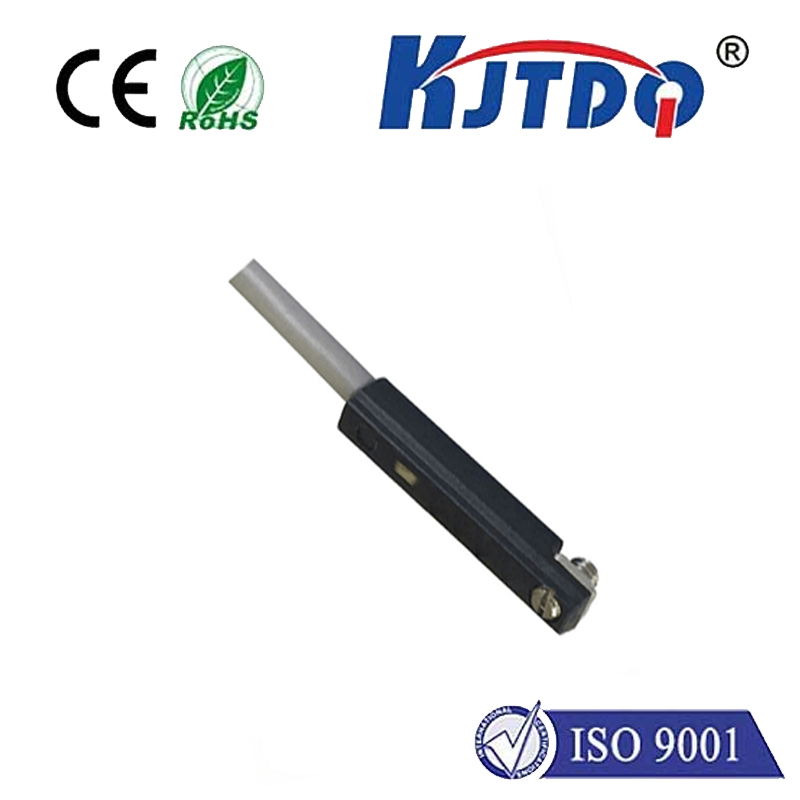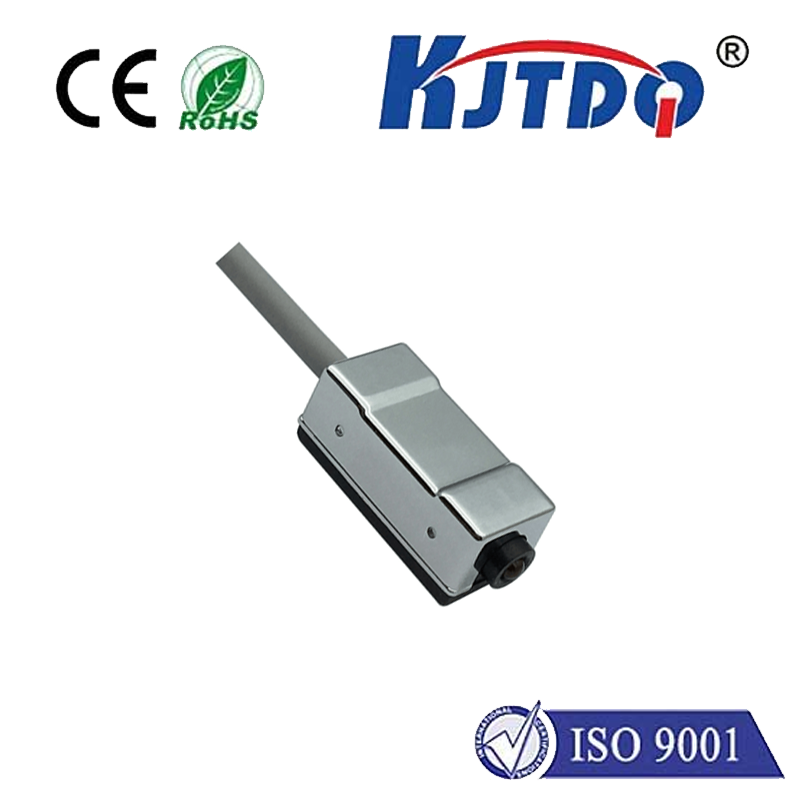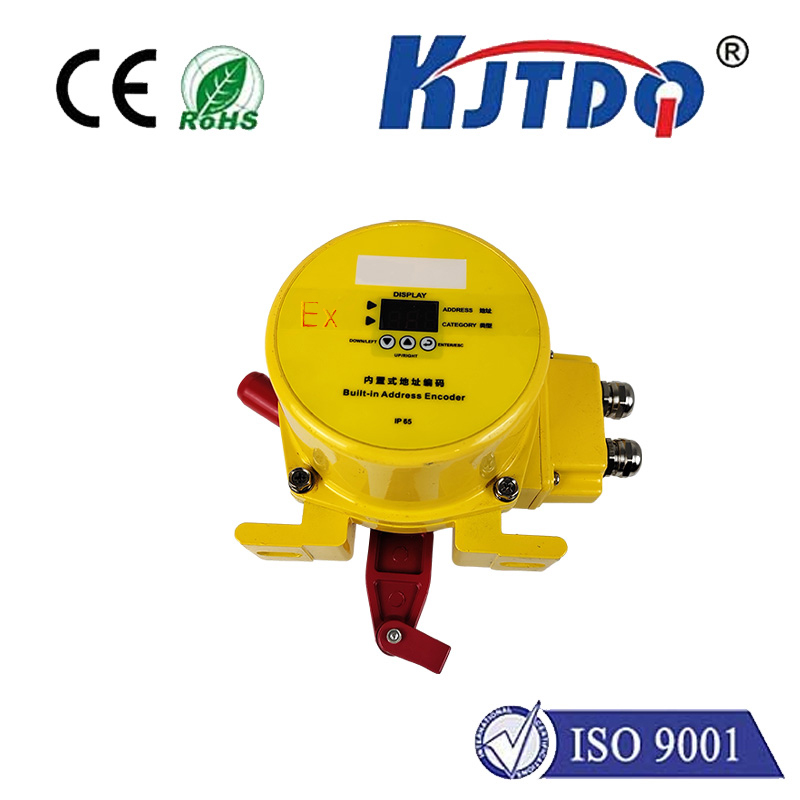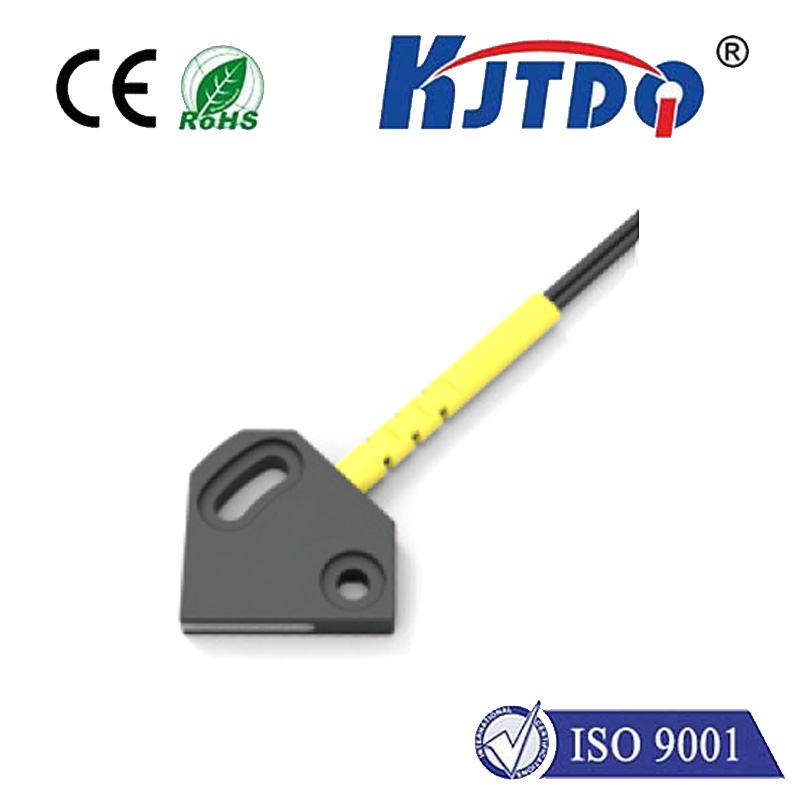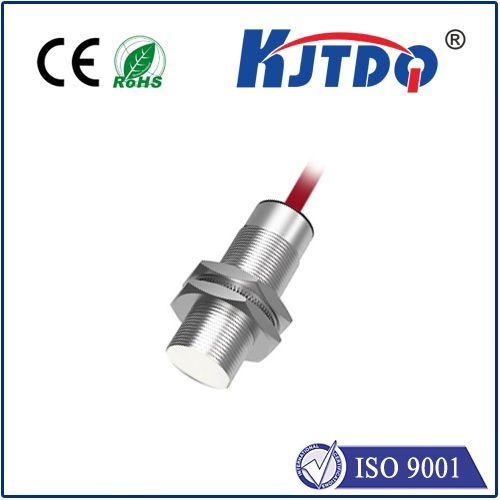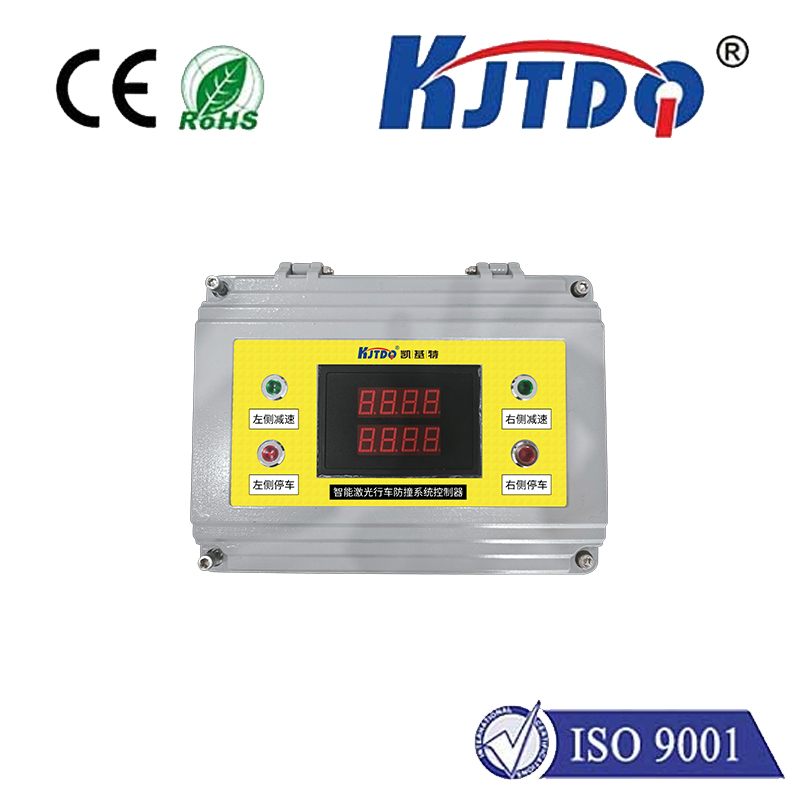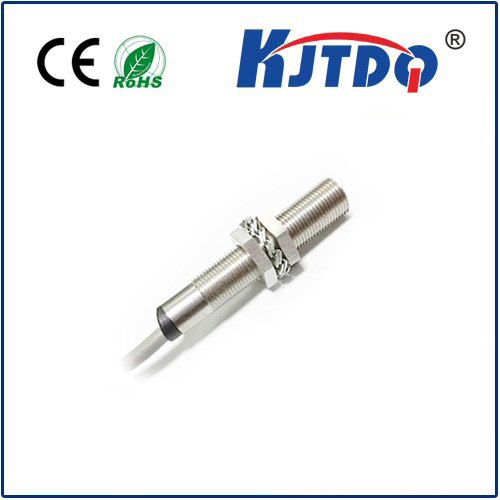E3T-SR43-C 2M fiber optic photoelectric sensor
- time:2025-09-27 01:12:51
- Нажмите:0
The E3T-SR43-C 2M: Your Compact Powerhouse for Challenging Detection Tasks
Imagine needing to detect a tiny component on a high-speed assembly line, nestled deep within noisy machinery where space is tighter than a watch mechanism. Standard sensors falter; their bulky bodies won’t fit, and electrical interference wreaks havoc on signals. This is precisely where the E3T-SR43-C 2M fiber optic photoelectric sensor shines. This specialized device isn’t just another sensor; it’s an elegant solution engineered to conquer detection challenges where others simply cannot reach or perform reliably.
Understanding the Core: Fiber Optic Photoelectric Sensing
At its heart, a photoelectric sensor works by emitting a light beam (visible or infrared) and detecting changes caused by the presence or absence of an object. The fiber optic component revolutionizes how this principle is applied. Instead of housing the light emitter (LED) and receiver (phototransistor) in a single, often bulky, housing, the E3T-SR43-C separates them. The actual sensing occurs at the tips of flexible, lightweight fiber optic cables, while the amplifier unit (the “E3T-SR43-C” part) houses the electronics and sits safely away from the harsh environment.
This separation is the key to its superpowers. The sensor head (cable tip) can be threaded into incredibly confined spaces, extremely hot zones, highly corrosive atmospheres, or areas pulsating with intense electromagnetic interference (EMI) – places where a conventional electronic sensor would fail or suffer damage. The 2-meter cable length provides significant reach and flexibility for installation.

Why the E3T-SR43-C 2M Stands Out
The “E3T-SR43-C” designation signifies a specific configuration within Omron’s E3T family, known for its compact amplifiers and reliable performance. The “2M” clearly denotes the 2-meter fiber cable length pre-attached. Let’s delve into the compelling advantages this specific model brings:
- Minature Sensing Heads: The fiber optic cables feature extremely small sensing tips. This allows for detection in spaces where conventional sensors physically cannot fit – think miniature parts, intricate mechanisms, or dense packaging lines.
- Exceptional EMI Resistance: By placing only non-metallic, passive glass or plastic fibers in the EMI field, the E3T-SR43-C achieves outstanding immunity to electrical noise. This makes it indispensable near variable frequency drives (VFDs), large motors, welding equipment, and other noisy industrial devices where false triggers plague standard sensors.
- Environmental Resilience: The fiber optic sensing heads withstand environments that would destroy standard sensors. They operate reliably in high temperatures near ovens or furnaces, resist corrosive chemicals, and are unaffected by oils, dust, and moisture (dependent on the specific fiber type used).
- Flexibility and Reach: The thin, flexible 2-meter fiber cables offer unparalleled routing freedom. You can snake them through complex machine frames, around corners, or into chambers impossible to access otherwise.
- Compact Amplifier Design: The E3T-SR43-C amplifier unit itself is remarkably small and space-saving, ideal for control panels with limited real estate. Despite its size, it offers user-friendly features like sensitivity adjustment and clear status indicators (typically an output/operation indicator).
- High-Speed Response: Fiber optic photoelectric sensors like the E3T-SR43-C generally offer fast response times, making them suitable for high-speed production lines detecting very small or fast-moving objects.
- Versatile Detection: Depending on the fiber head style chosen (separately), the E3T-SR43-C can be configured for through-beam detection (requiring separate emitter and receiver fibers/units) or diffuse reflective detection (emitter and receiver in one tip, sensing object reflection). This flexibility caters to diverse application needs.
Where is the E3T-SR43-C 2M Fiber Optic Sensor Essential?
Its unique blend of compactness, noise immunity, and environmental resilience makes the E3T-SR43-C 2M a go-to solution across demanding industries:
- Electronics Manufacturing: Detecting tiny surface-mount components (SMDs), verifying lead insertion on PCBs, confirming connector presence – often in confined test fixtures or near sensitive electronics prone to EMI. Precision is paramount here.
- Packaging Machinery: Verifying labels, detecting tamper seals on small packages, monitoring fill levels in small containers or vials, ensuring cap presence – especially within the noisy confines of the machine.
- Automotive Assembly: Checking for tiny fasteners (screws, clips), verifying gasket placement, confirming O-ring insertion on fuel injectors or transmissions, often in tight engine compartments or near welding robots generating massive EMI.
- Medical Device Production: Ensuring proper placement of minute components inside syringes or inhalers, verifying membrane sealing, detecting vial stoppers within sterile or compact assembly cells.
- Plastic Molding/Injection: Confirming part ejection, detecting sprues or runners in the mold area (potentially hot and cramped), verifying insert placement.
- Machine Tool Monitoring: Tool breakage detection near the spindle (high EMI/vibration/coolant), verifying part clamping on pallets, confirming chip conveyor operation.
Implementation Best Practices
While highly robust, maximizing the performance and lifespan of your E3T-SR43-C involves some key considerations:
- Selecting the Right Fiber Head: Choose the fiber optic head style (straight, right-angle, focused, non-focused diffuse, through-beam) and material (glass for high-temp/durability, plastic for cost/flexibility) based on the specific application constraints and target object.
- Secure Cable Routing: Protect the 2-meter fiber cables from sharp bends (observe minimum bend radius), crushing, abrasion, and excessive pulling force. Use cable carriers or protective sleeving where needed.
- Optimal Amplifier Mounting: Mount the compact amplifier unit (E3T-SR43-C) securely in a location protected from excessive vibration and within its specified temperature and humidity range. Ensure easy access for adjustment if needed.
- Sensitivity Adjustment: Fine-tune the sensitivity potentiometer on the amplifier unit to reliably detect the target object while ignoring background noise or minor variations. Leverage the output/operation indicator for quick diagnostics.
- Regular Inspection: Periodically check the fiber optic sensing tips for dirt, dust, oil accumulation, or damage. Clean carefully with appropriate solvents if necessary.
Conclusion: A Specialist Tool for Specialized Challenges
The E3T-SR43-C 2M fiber optic photoelectric sensor isn’t intended to replace every sensor on your line. Its brilliance lies in solving specific, complex detection problems that standard sensors cannot handle. When you need compact size, resilience against EMI or harsh environments, and the ability to reach confined spaces, this specialized sensor delivers exceptional reliability.
Its 2-meter fiber cable offers practical reach, and the proven E3T-SR43-C amplifier provides a compact, user-friendly interface. By mastering its capabilities – understanding when and how to deploy it – you unlock a powerful tool to enhance automation reliability and efficiency, particularly in the demanding corners of your operation where precision and resilience are non-negotiable.



